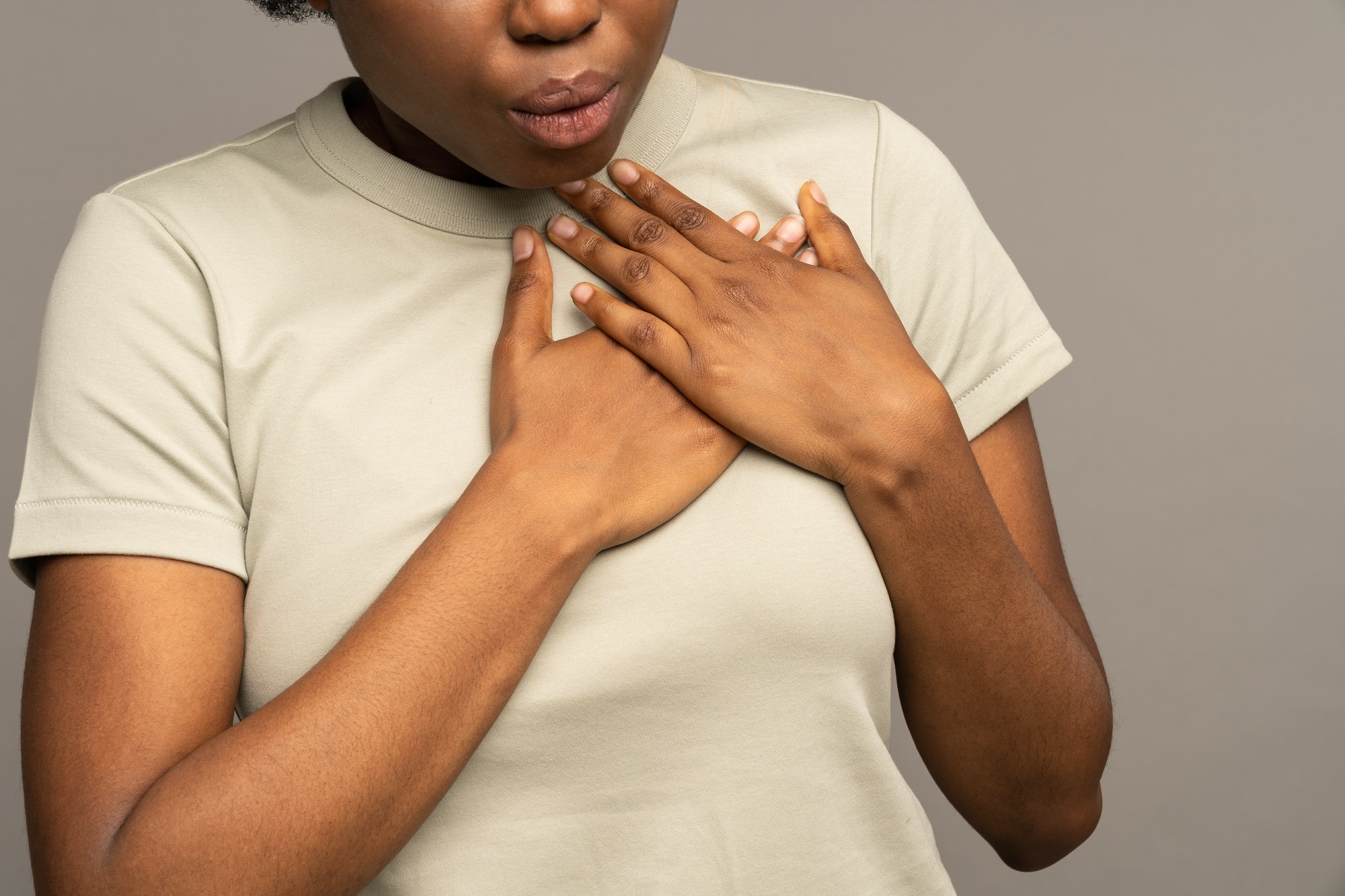What Is the Optimal Breathing Technique for Peak Performance in Sprint Kayaking?

Breathing is a vital function that fuels every cell in our bodies with the oxygen it needs to carry out its job. It’s a natural process that happens without us even thinking about it. But when it comes to sports performance, the way you breathe can have a significant impact on your overall efficiency and endurance. This is particularly true in sprint kayaking, a sport that requires intense bursts of energy over short periods.
In this article, we’ll delve into the realm of breathing techniques and their impact on performance, with a specific focus on sprint kayaking. We’ll look at data from various scholarly sources, including PubMed and Crossref, to provide a comprehensive analysis of the subject.
A lire également : How Can Psychological Interventions Impact Post-Match Recovery in Rugby Players?
The Role of Breathing in Sports Performance
Before we dive into specifics, let’s look at the role of breathing in sports performance in general. It’s not just about getting oxygen to your muscles; how you breathe can affect your heart rate, blood pressure, and even your mental state.
When you’re engaged in intense exercise, your breathing rate naturally increases to meet your body’s higher demand for oxygen. However, this sometimes leads to a phenomenon known as "exercise-induced hypoxia," where the body isn’t getting enough oxygen to sustain the level of physical exertion. This can limit performance and lead to feelings of exhaustion.
A voir aussi : What Are the Physiological Benefits of High-Intensity Interval Training on Muscle Hypertrophy?
Breathing techniques have been suggested as a way to mitigate this effect and improve athletes’ performance. For example, many athletes use specific breathing rhythms to aid in the timing of their movements, enhance their focus, or aid in recovery post-exercise.
The Impact of Nose vs. Mouth Breathing
There’s been a longstanding debate in the sports world about whether breathing through the nose or the mouth is more beneficial for athletic performance. Each method has its pros and cons, and the optimal approach may depend on the specific sport in question.
Nose breathing is touted for its ability to filter and warm the air before it reaches the lungs, which can be beneficial in cold weather or dusty conditions. Some studies have suggested that nose breathing can also increase the body’s ability to absorb oxygen and may help to maintain lower heart rates during exercise.
On the other hand, mouth breathing allows for a greater volume of air to be inhaled in a shorter amount of time, which can be beneficial in high-intensity sports like sprint kayaking. However, mouth breathing can also lead to dryness and irritation in the throat and lungs, particularly in dry or cold conditions.
Breathing Techniques in Sprint Kayaking
In sprint kayaking, athletes must paddle at high speeds over short distances, typically 200, 500, or 1000 meters. This requires a high level of energy and power, and as such, efficient oxygen use is critical to performance.
There is a considerable amount of anecdotal evidence among athletes and coaches suggesting that synchronizing breaths with paddle strokes can improve performance in sprint kayaking. This rhythmic breathing is thought to help coordinate movements, improve pacing, and increase efficiency.
However, more research, such as tests and data analysis, is needed to confirm these theories and provide more concrete guidelines for optimal breathing in sprint kayaking. One area of interest is whether nose or mouth breathing is more beneficial in this sport, given its high-intensity nature.
Breathing Training for Sprint Kayaking
Training the body to breathe more efficiently can be a valuable tool for any athlete, but particularly for those in high-intensity sports like sprint kayaking. Some athletes may naturally adopt beneficial breathing habits, but for others, these skills may need to be learned and practiced.
A well-rounded breathing training program may include techniques to increase lung capacity, improve the efficiency of oxygen use, and enhance the coordination of breathing with physical movements. It may also involve practicing different breathing techniques (such as nose or mouth breathing) to determine which is most effective for the individual athlete.
Breathing training can be conducted both in and out of the kayak. For example, athletes can use targeted exercises to work on their breathing skills on dry land, then apply these techniques on the water during training sessions and races.
It’s important to note that while breathing training can be beneficial, it should be just one component of a comprehensive training program that also includes physical conditioning, technical skills development, and mental preparation.
The impact of breathing techniques on sports performance is a fascinating and complex topic. By drilling down into the specifics of sprint kayaking, we’re able to see how these principles can be applied in a real-world context. So the next time you hop into a kayak, remember – it’s not just about how hard you paddle, but also how you breathe.
Implementing Breathing Dynamics in Sprint Kayaking
Breathing dynamics in sprint kayaking are an area that requires more attention and research. However, one aspect that is often mentioned is the implementation of rhythmic breathing in sync with paddle strokes. This technique, as noted by experienced coaches and athletes, can help in coordinating movements, improving pacing, and increasing efficiency.
While these findings are largely anecdotal and not backed up by solid research from sources such as PubMed, Crossref, or Google Scholar, they do offer a starting point for athletes looking to improve their performance breathing. Breath control, both in terms of timing and technique, is a key factor that can influence a kayaker’s power output and overall performance.
It is also important to understand how training load impacts the body and breathing. A high training load can lead to exhaustion and compromised breathing techniques. Therefore, it is crucial to manage training loads effectively to prevent detrimental effects on an athlete’s breathing and overall performance.
Training the diaphragm, the key muscle involved in breathing, is also a strategy used by some athletes. Diaphragm breathing exercises can help increase lung capacity and improve the body’s oxygen usage. However, more research is needed to explore the potential benefits of diaphragm breathing in sprint kayaking.
Conclusion: Breathing Techniques and Sprint Kayaking Performance
In conclusion, effective breathing plays a pivotal role in the performance of a sprint kayaker. Given the high-intensity nature of the sport, understanding and implementing optimal breathing techniques can possibly lead to enhanced performance.
While the debate continues between nose and mouth breathing, and whether synchronizing breaths with paddle strokes improves performance, one thing remains clear: breathing is not just a passive process but an active one that can significantly impact an athlete’s power output.
Research from Google Scholar, PubMed, and Crossref provides some insight into the potential benefits of different breathing techniques. However, more research is needed to fully understand the impact of breathing dynamics in sprint kayaking.
Regardless of the chosen technique, it’s clear that breathing training should be a key component of any training program for sprint kayaking. To achieve peak performance, athletes should focus on increasing lung capacity, enhancing efficiency of oxygen use, and improving coordination of breathing with physical movements.
In the world of sprint kayaking, the saying "it’s not how hard you paddle, it’s how you breathe" rings true. As we continue to explore the world of sports science and physiology, it’s clear that the breath holds a lot of potential power. By harnessing this power, athletes may be able to reach new levels of performance and achieve their personal bests.
